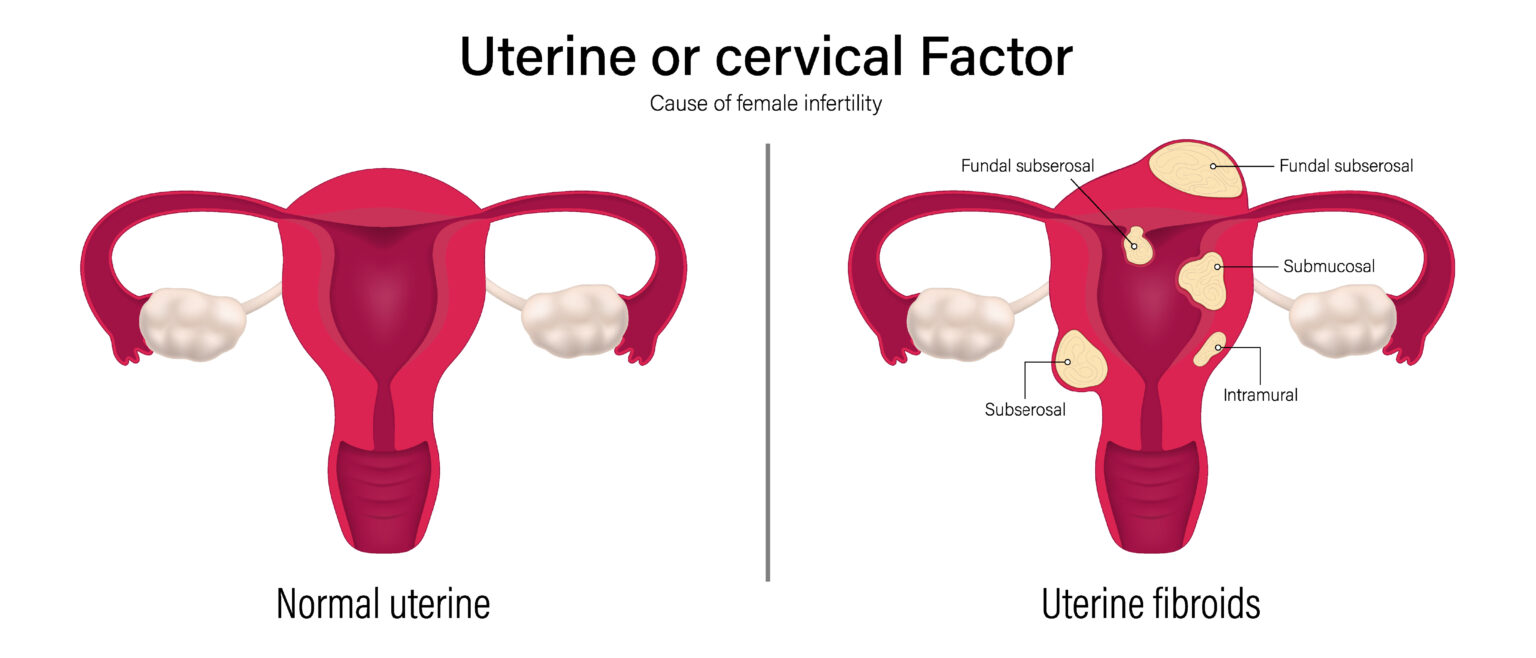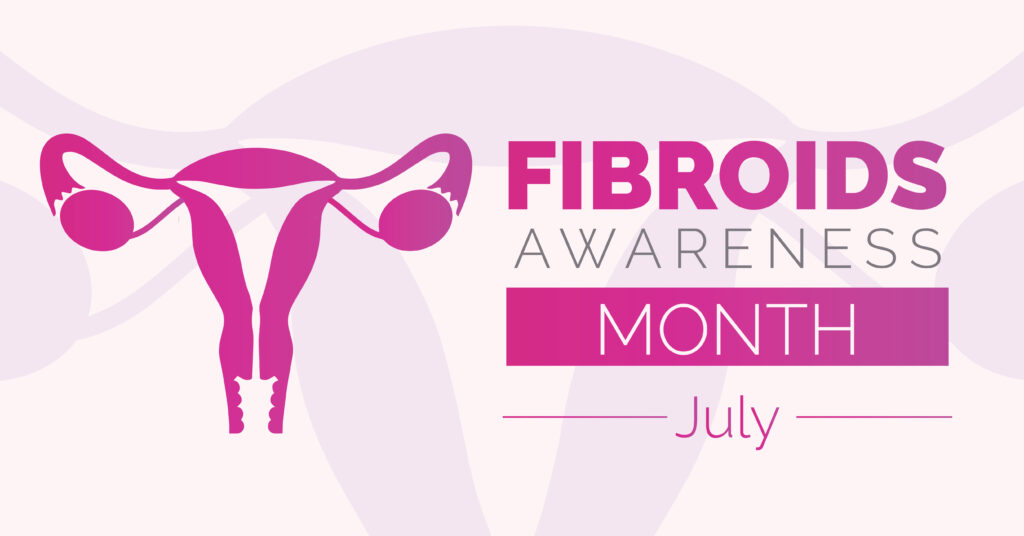Uterine fibroids, also known as leiomyomas or myomas, are noncancerous growths that develop within the muscle tissue of the uterus. While they can affect women of all racial backgrounds, studies show that uterine fibroids are particularly prevalent and often more severe in Black women. Understanding this condition and its impact on Black women’s health is crucial for raising awareness and promoting better health outcomes.
Uterine fibroids are benign tumors made of muscle and fibrous tissue. They vary in size, from tiny seedlings to large masses that can distort and enlarge the uterus. Fibroids can be singular or multiple, growing within the uterine wall, on its surface, or attached by a stalk.
Addressing the Disparity
Research indicates that Black women are two to three times more likely to develop uterine fibroids compared to other racial groups. By age 50, about 80% of Black women will have had fibroids. Additionally, fibroids tend to grow at an earlier age in Black women and are often larger and more numerous, leading to more severe symptoms.

The high prevalence and severity of uterine fibroids among Black women highlight the need for targeted health interventions and education. Strategies to address this health disparity include educating women about the symptoms, risk factors, and treatment options for fibroids through community outreach and healthcare providers, as well as ensuring Black women have access to regular gynecological care, screenings, and appropriate treatments by addressing barriers such as cost, transportation, and distrust in the medical system.
Symptoms and Impact
Uterine fibroids can significantly affect a woman’s quality of life. Common symptoms include:- Heavy Menstrual Bleeding: Excessive bleeding can lead to anemia and fatigue.
- Pelvic Pain and Pressure: Large fibroids cause a sense of fullness or pressure in the lower abdomen.
- Frequent Urination: Pressure on the bladder increases the need to urinate.
- Pain During Intercourse: Some women experience discomfort during sex.
Causes and Risk Factors
The exact cause of uterine fibroids remains unclear, but several factors contribute to their development:
Hormones: Estrogen and progesterone promote the growth of fibroids.
Genetic Factors: A family history of fibroids increases a woman’s risk.
Diet and Lifestyle: Diets high in red meat and low in green vegetables, fruit, and dairy, as well as obesity, may increase the risk.
Treatment Options
Treatment for uterine fibroids varies based on the size, number, and location of the fibroids, as well as the severity of symptoms. Options include:
Medications: Hormonal treatments, such as birth control pills or GnRH agonists, can help manage symptoms.
Non-invasive Procedures: MRI-guided focused ultrasound surgery (FUS) and uterine artery embolization (UAE) are less invasive options that can shrink fibroids.
Surgical Options: In severe cases, myomectomy (removal of fibroids) or hysterectomy (removal of the uterus) may be necessary.


